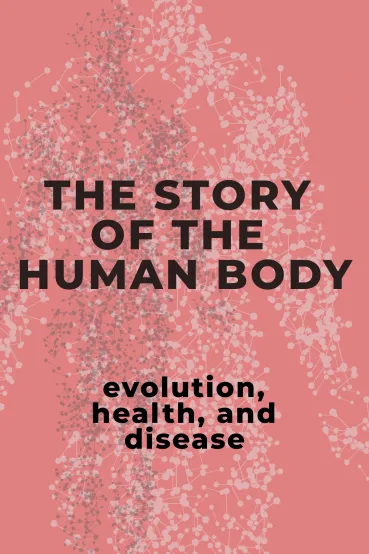
The Story of the Human Body
Brief Summary
“The Story of the Human Body” sheds light on the evolutionary process spanning millions of years, unraveling the path that led to our present-day appearance. The author gradually unveils the factors behind the transformations in our bodies and the reasons for these changes. You will also learn how our well-being nowadays is connected to the way we have evolved.
Key points
Key idea 1 of 12
In 1859, Charles Darwin published On the Origin of Species, which presented a theory that profoundly impacted the world. This work challenged religious beliefs that had long been the foundation of human history. Darwin believed that selection is the engine of evolution. Simply put, nature "selects" those individuals within a species with the best adaptation. As a consequence, they survive and continue to breed.
Natural selection can be divided into three components that are independent but still related to one another. The first one is variability. According to Charles Darwin, it means that despite belonging to the same species, every individual is different. The second one is genetic heritability. All organisms transmit genetic traits to their offspring. Next comes differential reproductive success. It suggests that every organism produces varying numbers of offspring, continuing the breeding process.
Most frequently, negative selection heavily influences natural selection. It happens when some organisms have "negative" hereditary traits. As an example, for people, it's hemophilia. Such qualities decrease the likelihood of reproductive success.
Compared to organisms that don't have these negative hereditary traits, the ones possessing them have lower chances of producing offspring. Thus, negative selection leaves everything as it is. That's why organisms lacking unique heritable traits tend to have an advantage. It's a biological process. But what about the environment in general?
When drastic changes happen in the environment, natural selection resorts to adaptation. It shows how one representative of the species develops new hereditary traits, which, in turn, assist it in adapting to a changing environment. It also helps the initial organism and its offspring to prosper. A vivid example of widespread environmental alterations, resulting in such evolutionary adaptation, could be climate change.
FAQ
You may also like these summaries











